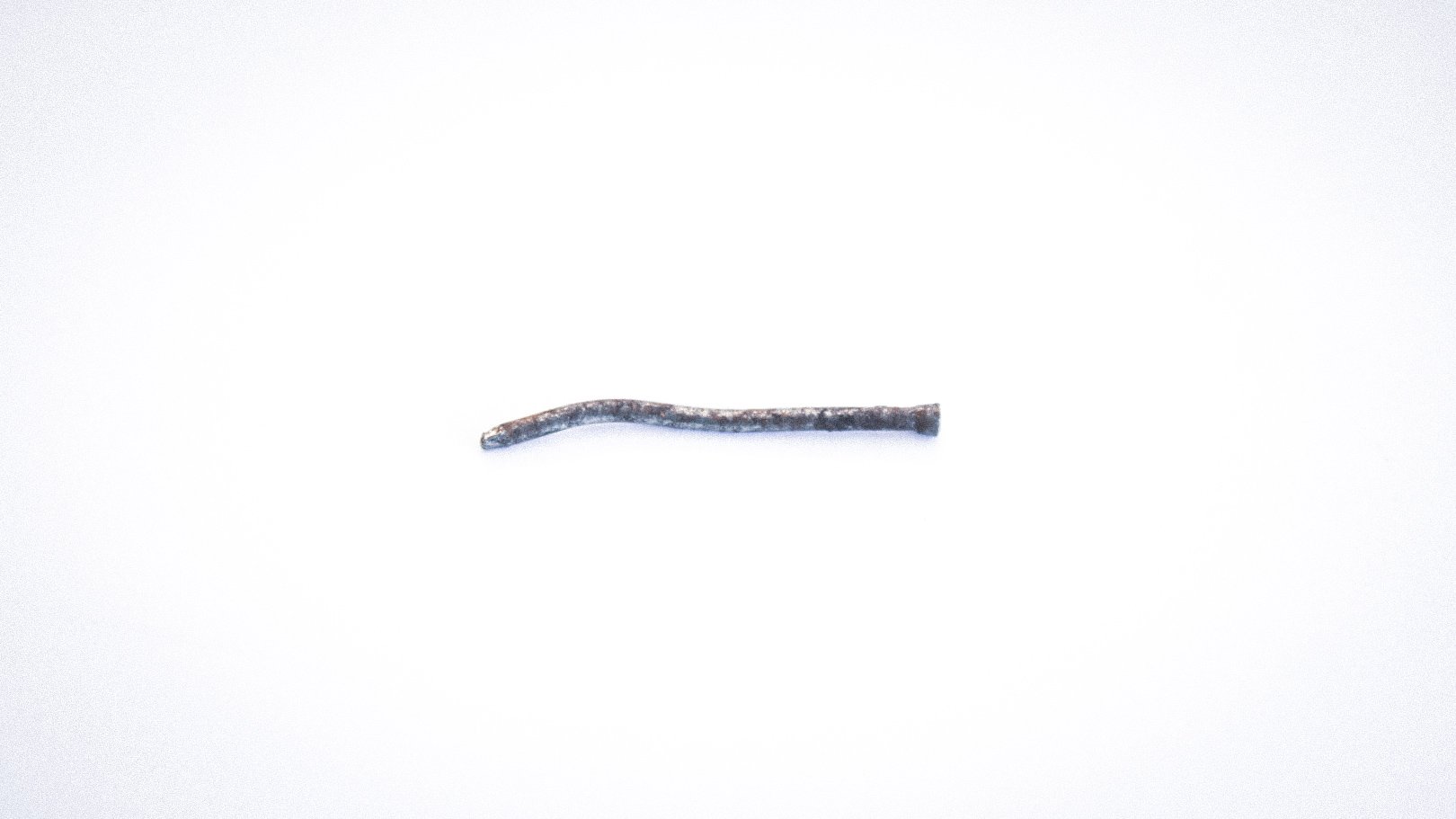The exhibition project "Circle Attempts," linked to the doctoral thesis "The Soul and Its Affections: Mental Health from the Andalusian Medical and Philosophical Legacy" by Jimena Blanco Jalil (Doctoral Program in Languages, Texts, and Contexts, University of Granada), arose from the intention to explore the limits of traditional academic frameworks and to look toward possibilities for dissemination and transfer to more pluralistic, open, and symbolic formats. Eleven contemporary artists created pieces based on premises from the research, and all of them, without exception, are participants to a greater or lesser degree, in their own or others' bodies, in some reality associated with the notions of mental health and suffering. This exploration, both discursive and plastic, moves from the present to the past, while returning to forge epistemological, narrative, and emotional bridges on issues that, despite having been uttered centuries ago, and setting aside any anachronism, still resonate with us.
From the resulting artistic production, and incorporating the symbolism of the number four in pre-modern Arabic epistemology, four non-linear moments have been formulated that serve the curatorial process to (de)construct the exhibition spaces: speculations as moments of doubt, symptoms as moments of suffering, sutures as moments to seek healing, and affects as moments of accompaniment, each alluding to the possible circumstances that coexist, or coexisted, in situations of psychological and, perhaps, psychosomatic distress. Rejecting the fictitious illusion of linearity and finitude in narratives that aim for the therapeutic, the exhibition raises the question of the imprecise circularity, inescapable and ever-changing, of mental health. Within this unpredictability, the pieces are arranged across three exhibition spaces in the city of Granada (Casa de Zafra, La Empírica, and Espacio Lavadero), inviting visitors to create a journey, perhaps almost circular, to present space as a shared narrative, a changing, hypertextual matrix, whose ultimate aim is to pose questions to all who inhabit it.
Human nature as an imperfect attempt at closure, like a circle drawn freehand. In the researcher's words, we are attempts at a circle.
Claudia Arenas López
Curatorship
















